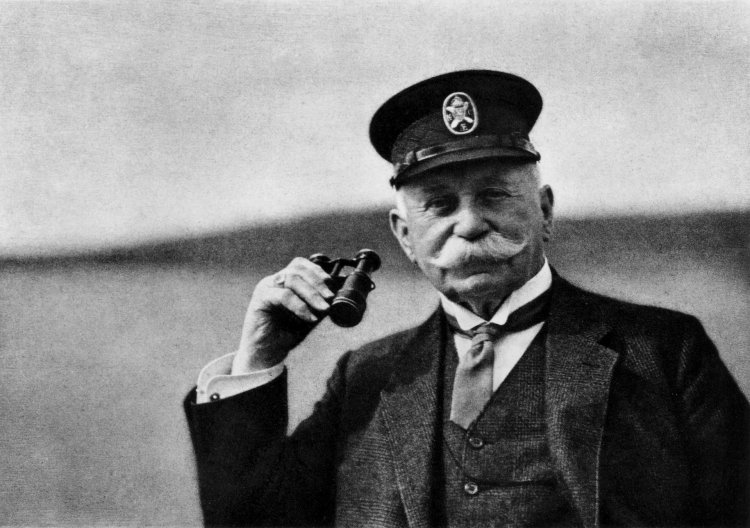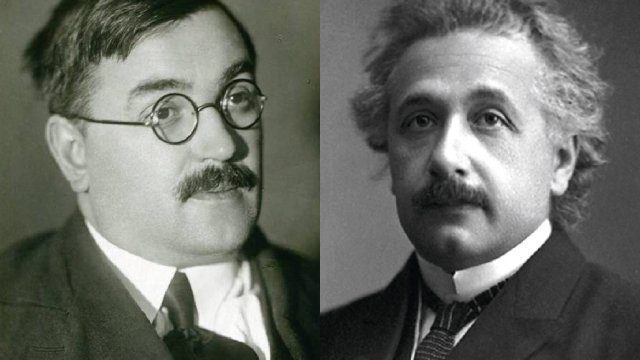Official:
Count Ferdinand Adolf Heinrich August von Zeppelin. 8 July 1838 – 8 March 1917. German inventor and military leader, constructor of the first airships.
Life and Work:
1. Back in the 1880s, the great Russian scientist Tsiolkovsky first calculated and proposed the idea of a large rigid all-metal cargo airship. But what was invented in Russia was eventually brought to life in Germany. And it was Count Ferdinand von Zeppelin.
2. Ferdinand von Zeppelin was born into a well-to-do and aristocratic family in 1838 in Konstanz where the Rhine river outflows from Lake Constance. The father of the scientist, count Friedrich Jerôme Wilhelm Karl von Zeppelin, was Württemberg Minister and Marshal of the Court, i.e., an official who was responsible for court affairs, and his mother was a daughter of a rich Swiss merchant.
3. The rich Swiss grandfather presented the family with the Girsberg manor in Switzerland but very close to Konstanz. The inventor spent his childhood and lived there until his death.
4. Ferdinand was educated by best private tutors. The young Zeppelin spent three years as a cadet of the military school at Ludwigsburg, from which he graduated as a lieutenant and became an army officer in the army of Württemberg.
5. But the military education was not enough for the future scientist as von Zeppelin studied chemistry, engineering and social and political sciences at Tübingen.
6. Later, von Zeppelin went to war overseas as an observer in the American Civil War. It was there that he made his first aerial ascent on a surveillance mission aboard a balloon and gave thought to building an airship.
7. Before he started designing aviation equipment, von Zeppelin took part in a few more wars in Europe. During the Franco-Prussian War, the count became very successful in reconnaissance because he widely used balloons to watch the French positions and actions.
8. Ferdinand von Zeppelin had been keeping a diary his entire life since early childhood. It is this diary, from which historians of science and technology learnt how he worked on his outstanding inventions. For example, the entry as of 25 March 1874: “A train must be close to big vessels in terms of sheer size. A gas tank should allow for lifting heavy loads. There should be machines setting the train in motion with propellers so that it can climb a certain height and fly horizontally. The gas tank should be divided into separate cells so that they can be filled in and emptied one by one... The machines should refill gas reserves...” Do not let the word “train” puzzle you as this is how the Count named the future Zeppelin.
9. The tipping point in the inventor’s favor was the report on the subject of “World Postal Services and Air Travel” given by the Chief Prussian Postmaster Heinrich von Stephan who suggested using airships for mail deliveries. Zeppelin understood that the new air machines could be used in a wider range of applications – both in warfare and in geographic explorations.
10. This is not to say that his ideas were received enthusiastically. There were all sorts of things – mockery, skepticism, lack of money. And even his argument about the military superiority that could be achieved with airships and improvement in the military strength of the country did not convince the German emperor. The nuisance daydreamer was promoted to general and then discharged from the army.
11. Von Zeppelin returned home, set up a workshop, hired engineers and started designing airships. The neighbors laughed and called the inventor the foolish Count. Even emperor Wilhelm II called the Count “the most foolish of all the Southern Germans.” Zeppelin then replied: “Of course, no one takes a hit for me because no one wants to plunge into darkness. But my goal is clear and my calculations are correct.” History showed that he was right.
12. Von Zeppelin built a rigid airship, named her LZ1, and made the first flight over Lake Constance on 2 July 1900. The count’s flight lasted for 17 minutes but then the engine failed, the airship had to make a forced water landing, and sustained damage. The test engineer was unhurt and continued experiments.
13. By the outbreak of the World War I, the Count’s airships, which were named Zeppelins after him, became a means of transportation. During the war, they were used to bomb London. After the war, they shuttled across the Atlantic Ocean and one of them even took an around-the-world flight.
14. It worked out nice for the Count eventually. He was no longer considered an idiot and the emperor also changed his mind and called von Zeppelin the greatest German in the 20th century.
15. Count Zeppelin died in 1917, before the end of World War I, therefore he did not witness either the provisional shutdown of the Zeppelin project due to the Treaty of Versailles or the second resurgence of the Zeppelins. Two rigid airships, the world-circling Graf Zeppelin and Graf Zeppelin II, twin to the Hindenburg, the explosion of which marked the decline of airships, were named after him.
16. Von Zeppelin left a mark in the mass culture. His granddaughter Countess Eva von Zeppelin once threatened to sue the British rock band Led Zeppelin for illegal use of their family name. But the story has a happy ending.






















